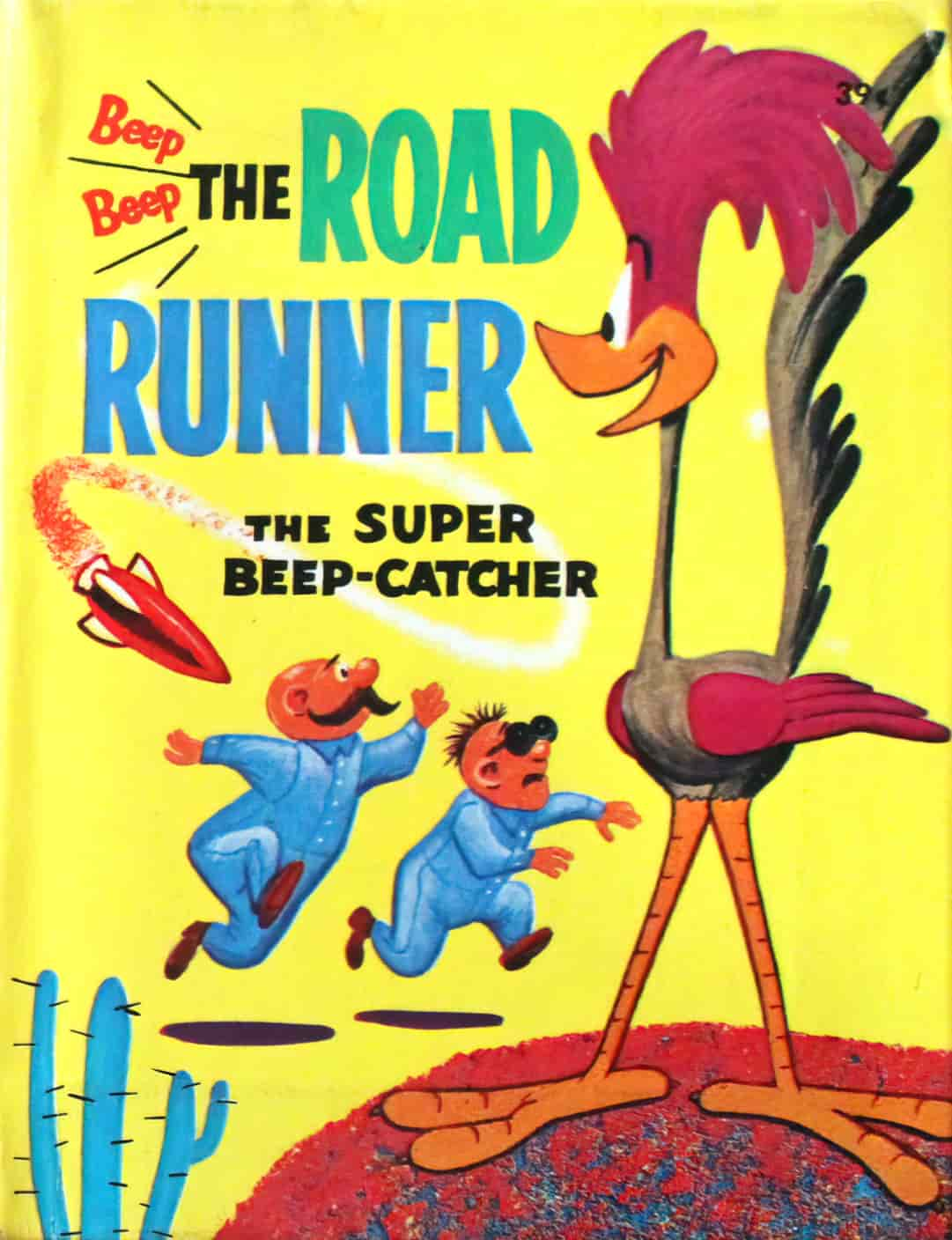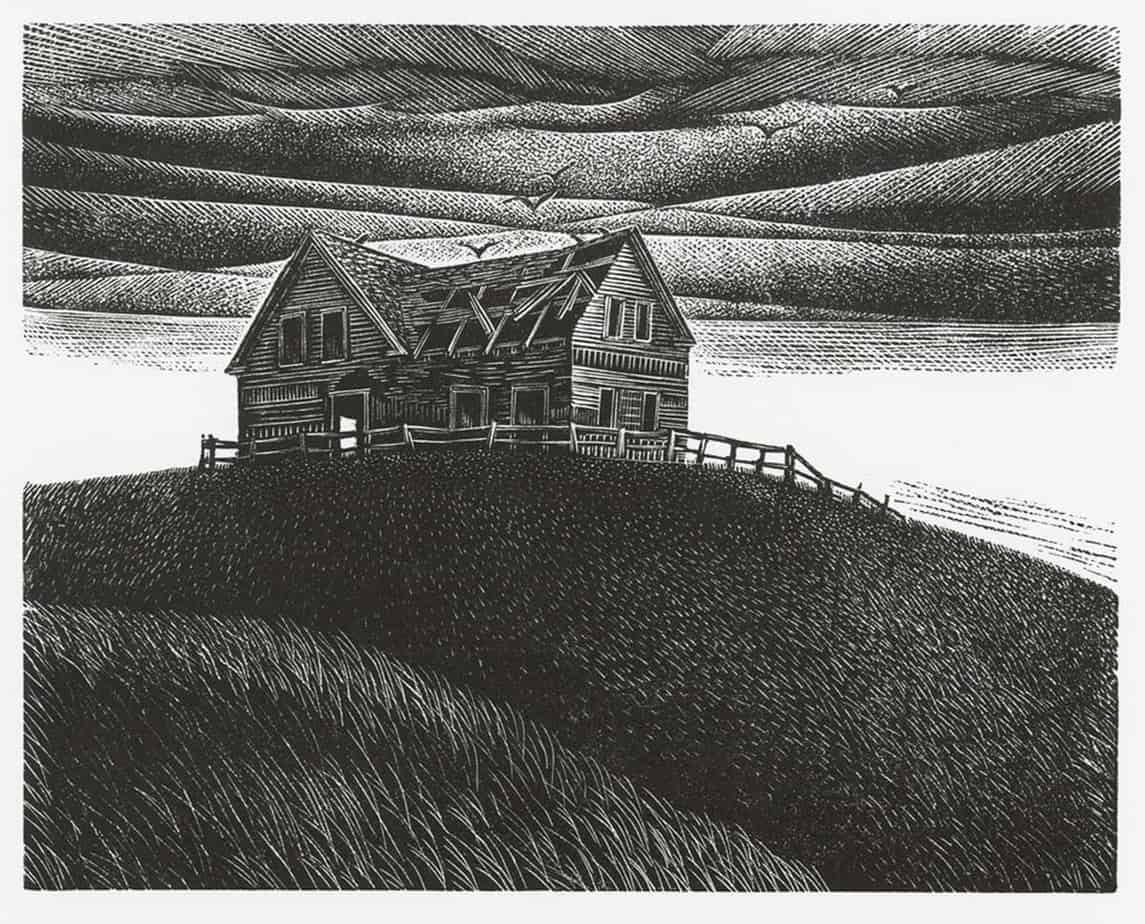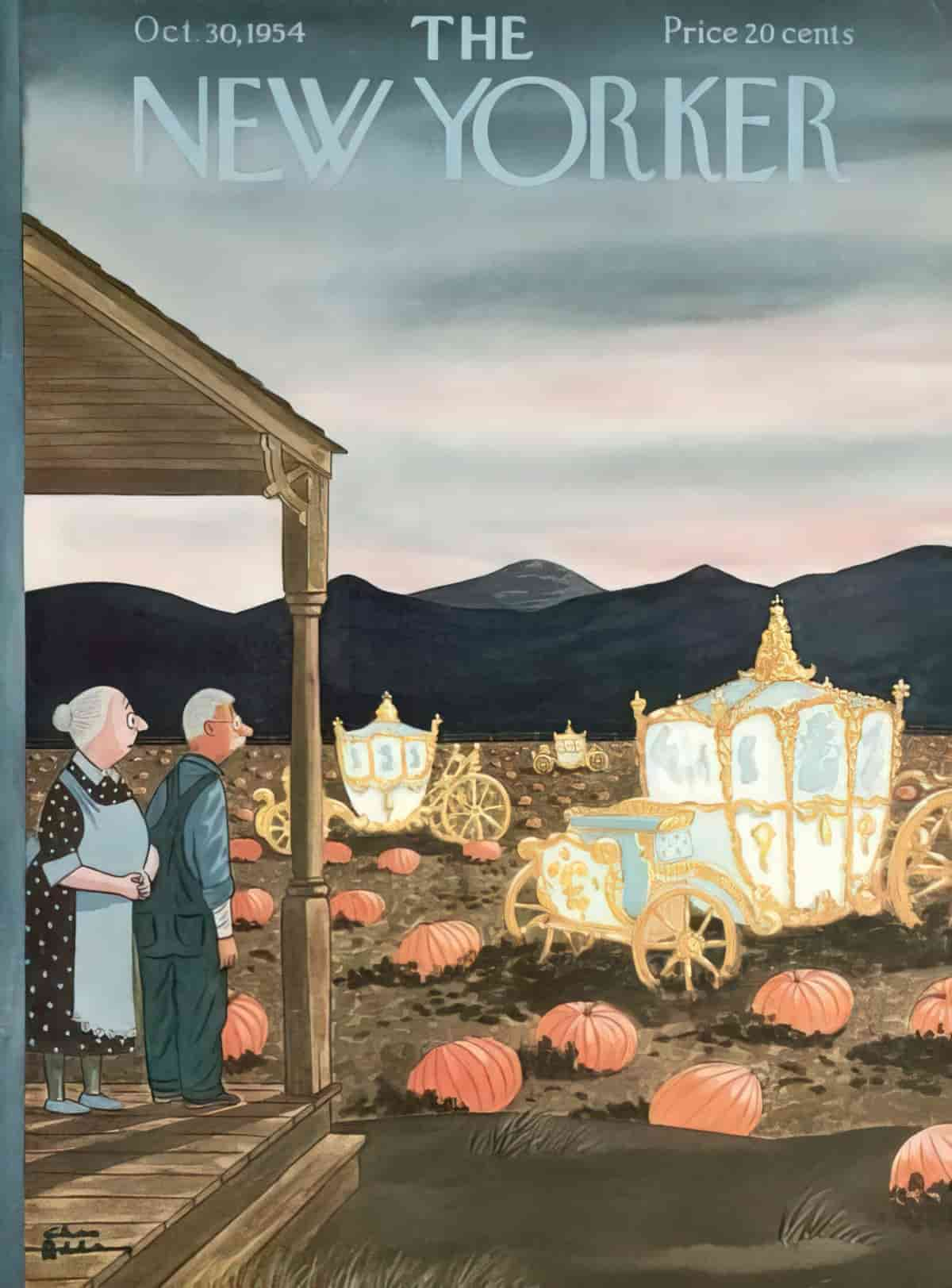Before writing a comedy series, especially one with a wacky world, the writer must be clear about the rules of that setting. These rules subsequently seem intuitive to the audience. It’s easy to forget the amount of work writers have to do to create them in the first place. Even if these rules are not written down, they at least exist inside the creator’s head.
Not everyone shares so much of their creative process, but we have access to a good case study in Wile E. Coyote and Road Runner, the Warner Brothers cartoon which first aired in 1949, in a post war era. (Which may explain all the acme and use of airspace.)
STORY WORLD RULES FOR ROAD RUNNER
Mental Floss describes the rules of Road Runner as ‘a fascinating testament to the need for clearly defined systems within a wacky creative process’.
- The Road Runner cannot harm the Coyote except by going “meep, meep.”
- No outside force can harm the Coyote — only his own ineptitude or the failure of Acme products. Trains and trucks were the exception from time to time.
- The Coyote could stop anytime — if he were not a fanatic.
- No dialogue ever, except “meep, meep” and yowling in pain.
- The Road Runner must stay on the road — for no other reason than that he’s a roadrunner.
- All action must be confined to the natural environment of the two characters — the southwest American desert.
- All tools, weapons, or mechanical conveniences must be obtained from the Acme Corporation.
- Whenever possible, make gravity the Coyote’s greatest enemy.
- The Coyote is always more humiliated than harmed by his failures.
- The audience’s sympathy must remain with the Coyote.
- The Coyote is not allowed to catch or eat the Road Runner.
— by Chuck Jones, slightly expanded by Jason Kottke

STORY WORLD RULES FOR COURAGE THE COWARDLY DOG
Whenever I see farmhouses sitting alone on plains and prairies I think of the horror comedy setting of Courage The Cowardly Dog.


I have previously taken a close look at another favourite cartoon, Courage The Cowardly Dog from the late 1990s. Today I’ll use Courage as a case study to recreate the rules of that particular setting.
- Episodes begin with Courage alerting Muriel and Eustace to an opponent from outside. Occasionally we’ll mix it up by beginning with the opponent in their lair.
- No outside force can harm Courage, but they often harm Eustace. Eustace bounces back to his grumpy but healthy self between episodes.
- Any damage sustained to the Bagge house is repaired by the next episode. Each episode ‘resets’ the setting. No one has any memory of what dangers have come before, except Courage, who has good reason to be scared of intruders.
- Courage is always the first to spot danger. He morphs into the shape of the intruder when trying to communicate.
- Muriel and Eustace never listen to Courage when Courage alerts them to danger.
- Muriel is always loving towards Courage.
- Eustace is always mean to Courage and also to Muriel.
- Courage doesn’t talk, except for a few catch phrases. “The things I do for love!”
- Courage can break the fourth wall and directly address the audience but none of the other characters can.
- The audience’s sympathy must remain with Courage and Muriel.
- The Bagge family must return to Nowhere after their adventures, though they may leave their home to visit other places, inspired by horror and SF setting tropes.
- Gravity rules are different and work more like a Looney Tunes show than real life.
STORY WORLD RULES FOR MERCY THE PIG BY KATE DICAMILLO
- Eugenia Lincoln cannot harm Mercy though she tries to in every story, with an unsuccessful attempt by Baby to reason with Eugenia. (Baby is the reader’s viewpoint character.)
- No outside force can harm Mercy, though Mercy will put herself in danger by following her instinct for adventure.
- Mercy is at the non-human end of ‘animal’, though she doesn’t realise this. She is treated like a child, sleeps in a human’s bed, eats human food and therefore wants to do do human things like drive a car.
- Mercy can’t talk ever, except to say ‘Oink!’ from time to time.
- Mercy’s main love is buttered toast, and this must drive each story, whether it’s in the form of a butterscotch lolly or buttered popcorn at the movies, or actual buttered toast.
- All action must be confined to archetypal Cold War American suburbia, which is a genuine utopia.
- Mercy does not eat meat or pork products, mainly carbs.
- At the end of each story, Mercy’s family and other characters sit down to enjoy buttered toast.
- The audience’s sympathy must remain with Mercy.

